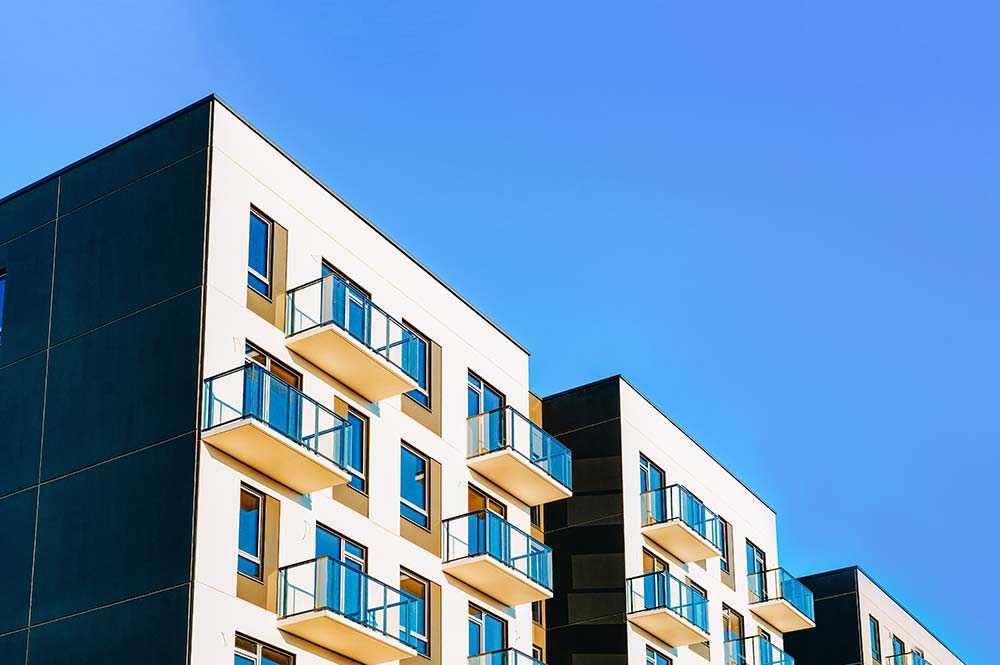
Unoccupied Buildings conditions – a trap for the unwary
Properties become unoccupied in a number of different scenarios. In a residential context, this might be because the home is not the policyholder’s main residence, or because the policyholder is going on an extended holiday. Similarly, for buy-to-let landlords, a property may become unoccupied for lengthy periods between tenancies.
This short article will explore the requirements that insurers impose where a property is left unoccupied, and how those requirements have been interpreted by the courts.
Home insurance
Standard home insurance policies exclude claims where properties are left unoccupied for extended periods. The rationale is simple: an unoccupied home represents a greater risk as it is more likely to attract thieves, vandals or squatters. Equally, there is a greater chance of structural damage in an unoccupied home because no one is available to deal with, say, a burst pipe or a fire. For those reasons, home insurance policies usually require policyholders to tell their insurers if the property is/becomes unoccupied.
“Unoccupied” is typically defined as: “not being lived in.” The case law suggests that this means actual use as a dwelling. So, in Simmonds v Cockell [1920] 1K.B. 843, a warranty requiring a property to always be occupied did not mean that there would always be someone present, but rather that it would be used as a dwelling house.
Most policies say that the cover will cease if the property is not being lived in “for more than [30] consecutive days” (although the precise number of days will vary from policy to policy). As long as the property is regularly being occupied, temporary unoccupancy will not invalidate the cover. Therefore, in the case of Winicofsky v Army & Navy General Assurance [1919], a condition requiring premises to remain “occupied” was not breached where the policyholder sought temporary refuge in a shelter during an air raid.
Once an insurer is told that a property is unoccupied, it will, if the change is accepted, be entitled to vary the premium and terms, and may raise a small administration charge for the variation. If the change is not accepted, the policyholder will need to arrange specialist unoccupied property insurance.
Commercial insurance
In commercial insurance, unoccupied buildings conditions take on a different character. Commercial policies usually impose a number of obligations, some of which may be quite onerous, which must be complied with if cover is to remain in force despite the property becoming unoccupied.
For example, landlords may be required to ensure that an unoccupied property, or a part of it, is inspected once a week (often with a requirement that a record of the inspection is kept), secured against illegal entry, kept free of combustible material, and disconnected from any mains services. The consequence of a failure to comply with the condition depends on whether it is expressed as a condition precedent to the insurer’s liability. If it is, the condition must be complied with absolutely, and any breach will entitle the insurer to deny liability for the claim. If it is not, the position will turn on whether the insurer has suffered prejudice.
A common scenario is that a property becomes unoccupied without the policyholder’s knowledge. This might occur in a landlord’s policy, where, say, a tenant vacates the property without giving notice. Commercial policies usually cater to that scenario by including “non-invalidation clauses”. These are terms which provide that cover will not be invalidated in the event of any act, omission or alteration which is either unknown to the policyholder or beyond its control. To gain the benefit of those clauses, the policyholder will be required to notify its insurer immediately of the act, omission or alteration.
Application of Section 11 of the Insurance Act
Section 11 of the Insurance Act is intended to prevent an insurer from disputing a claim for non-compliance with a term which is unconnected to the actual loss. The Law Commission has said that a causation test is not required; rather, the test is simply whether there is a possibility that the non-compliance could have increased the risk of loss.
Since Section 11 is capable of applying to Unoccupied Buildings conditions, how might it apply in this context?
Let us suppose that a landlord owns a property which has two floors, and the upper floor is unoccupied. A fire then starts on the ground floor, which spreads to the upper floor. Insurers then discover that the landlord breached the Unoccupied Buildings condition by failing to keep the building free of combustible materials, and refuse to pay the claim. There are not yet any authorities on the meaning and application of Section 11.
On an orthodox interpretation of section 11, it would not be open to the policyholder to argue the upper floor would have caught fire in any event, even if the condition had been complied with. However, on a non-orthodox interpretation, section 11 should arguably come to the policyholder’s rescue: the fire started on the ground floor, which was occupied, and compliance with the condition would not have made a difference to the loss.
Conclusion
Almost all property owners, whether acting as private homeowners or in a commercial context, will need to consider the implications of unoccupied buildings conditions at some point.
We would recommend that policyholders check the fine print of their policies in order to understand (a) when they need to notify their insurers if a property becomes unoccupied; and (b) the steps which need to be taken in order to comply with Unoccupied Buildings conditions. A failure to do so may be the difference between an insurer paying, or refusing to pay, a claim.
Alex Rosenfield is a Senior Associate at Fenchurch Law
Other news
Singapore’s factory output boom: Is your Business Interruption cover keeping up?
10 December 2025
In the News… is a new blog series from Fenchurch Law that translates today’s headlines into practical insights for…



